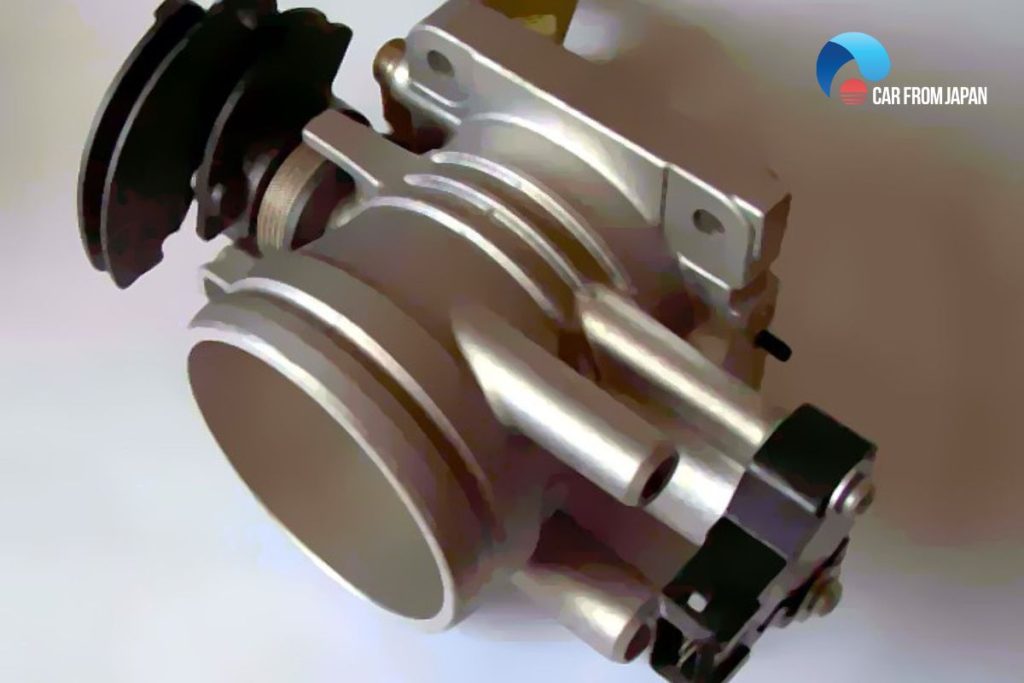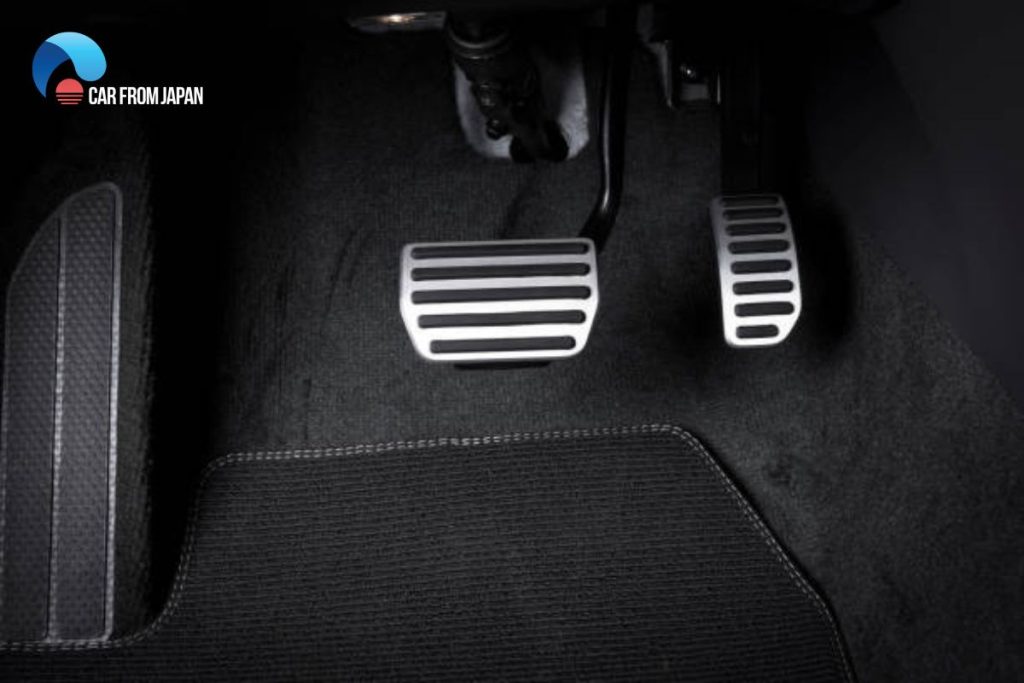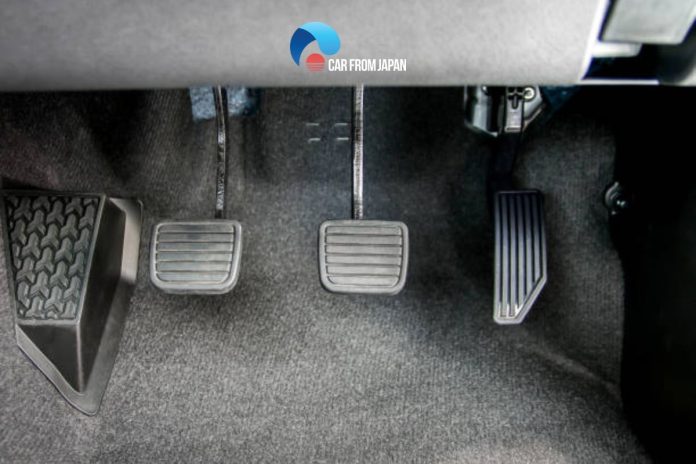Why is your car suddenly acting up when you hit the gas? If your vehicle is struggling with a rough idle, unpredictable acceleration, or a blinking check engine light, the culprit is often the accelerator pedal position sensor problems. This sensor is the crucial link in your car’s modern electronic throttle system. Because it wears out over time, it’s a common issue that causes frustrating driving problems. We’ll show you exactly how to spot the signs of a bad APPS and walk you through the simple repair solutions available.
Contents
Recognizing The Accelerator Pedal Position Sensor Problems
A failing accelerator sensor directly affects the response to the gas pedal and gas mileage, leaving the problem only worsens the issue. So here are the symptoms that you read and identify if the problem exists with the accelerator pedal sensor.
Your car does not respond well when the pedal is pressed
This is one of the accelerator pedal position sensor problems where no matter how much you depress the pedal, the car does not respond accordingly.
This situation easily signifies that the problem lies with the pedal sensor. Hence, if the same is happening to you, this is a clear sign that your accelerator pedal sensor is the culprit.
Your car doesn’t seem to grasp speed

No matter how much pressure is applied on the pedal, the car does not seem to keep up with the action.
This means that your car stops going faster after a point regardless of the pressure applied on the pedal. This is because the pedal sensor fails to send signals further.
Your car does not even buzz
If the accelerator pedal does not work at all or if your car does not even buzz, then the pedal sensor is bad. No matter how many times you depress the pedal, it just does not seem to be working.
You experience low gas mileage
Low gas mileage is a common problem whenever the accelerator sensor goes bad.
Sometimes, you do not see much difference in throttle or accelerating the car, but you notice a mileage that is too low that it should not be.
This is another sign that you can have your car for the accelerator pedal sensor checking.
If the car doesn’t idle smoothly

It is simple to conclude that the problem is with the accelerator sensor if the ideal feels rough.
If your car is shaking and consuming more fuel, too, it is best to get the sensor checked. Read more about keeping your car going on for years here maintenance tips.
FAQs on Accelerator Pedal Position Sensor
What is the typical cost of replacing an accelerator pedal position sensor?
Here’s a concise version of the cost breakdown for replacing an accelerator pedal position sensor:
– Sensor Cost: $50 to $150+ (OEM or aftermarket)
– Labor Charges: $80 to $150 per hour (1-2 hours)
– Diagnostic Fees: $50 to $150+
– Taxes and Additional Parts: Additional costs may apply.
Total Estimated Cost: $150 to $400+ (varies based on factors)
Please note that these are approximate figures, and actual costs may vary. Obtain a specific quote from a local mechanic for precise pricing.
How long does it typically take to replace an accelerator pedal position sensor at a mechanic’s shop?
The replacement process can vary depending on the vehicle’s make and model, but it generally takes about 1 to 2 hours for a qualified mechanic to replace the sensor.
Some vehicle manufacturers have issued recalls related to accelerator pedal position sensors in the past. It’s a good idea to check for any recalls or technical service bulletins (TSBs) that may apply to your vehicle.
Check out this video from JAMS04 to learn how to test the Accelerator Pedal Position Sensor in a professional way!
Conclusion
Well, no matter which sign you recognize from these accelerator pedal position sensor problems, your car needs repair immediately.
Till then, set the vehicle to the Limp mode that works by allowing the driver to take the car off a busy road safely or when you are stuck in the middle of the highway.
Also, it is not safe to drive the car to the mechanic as you have no or poor control over the accelerator. Call the repairer home and get rid of the issue!



